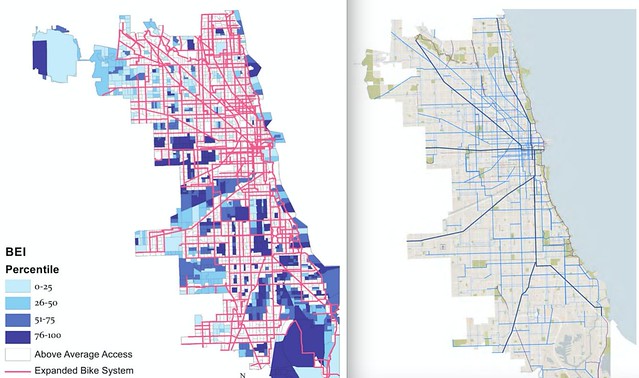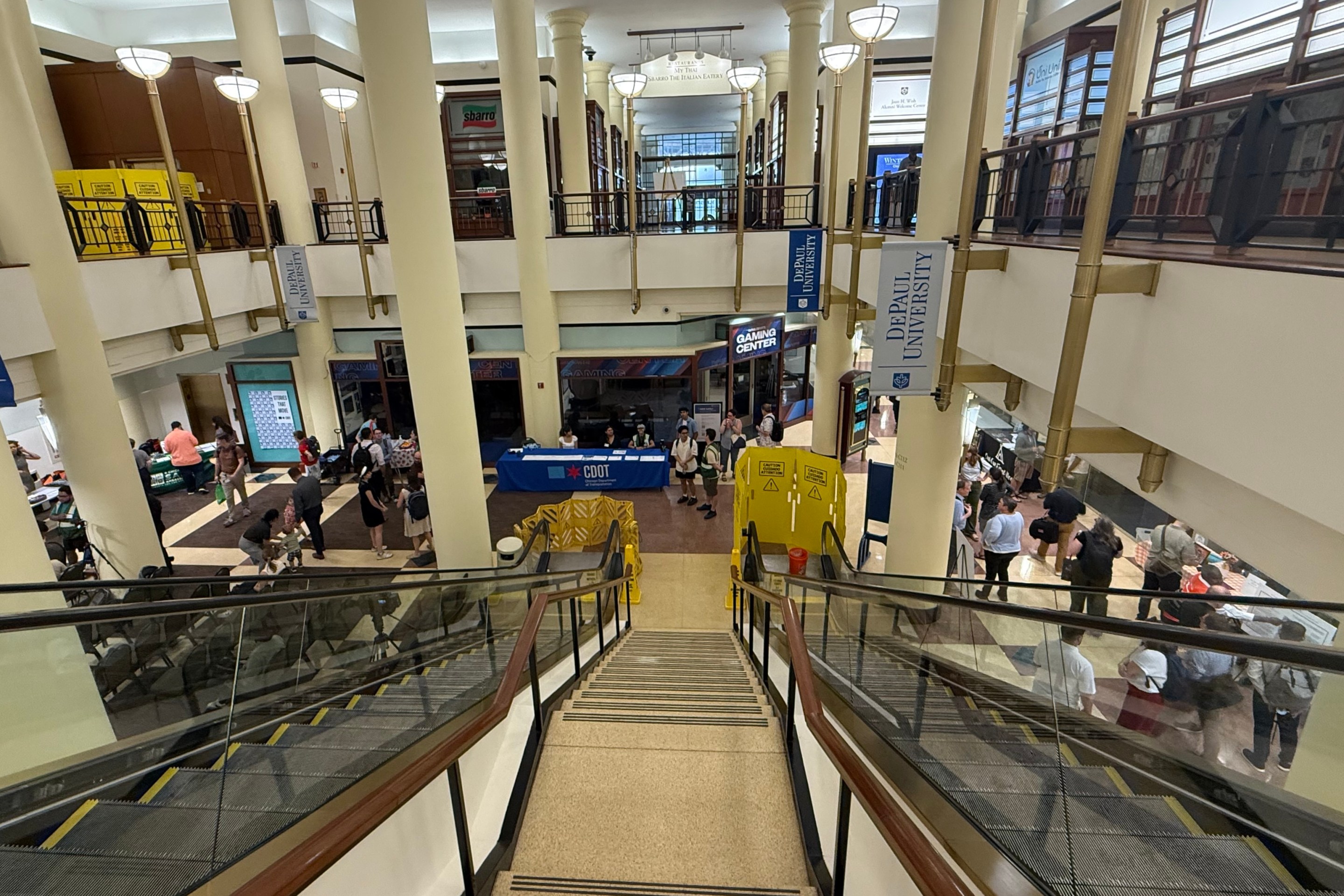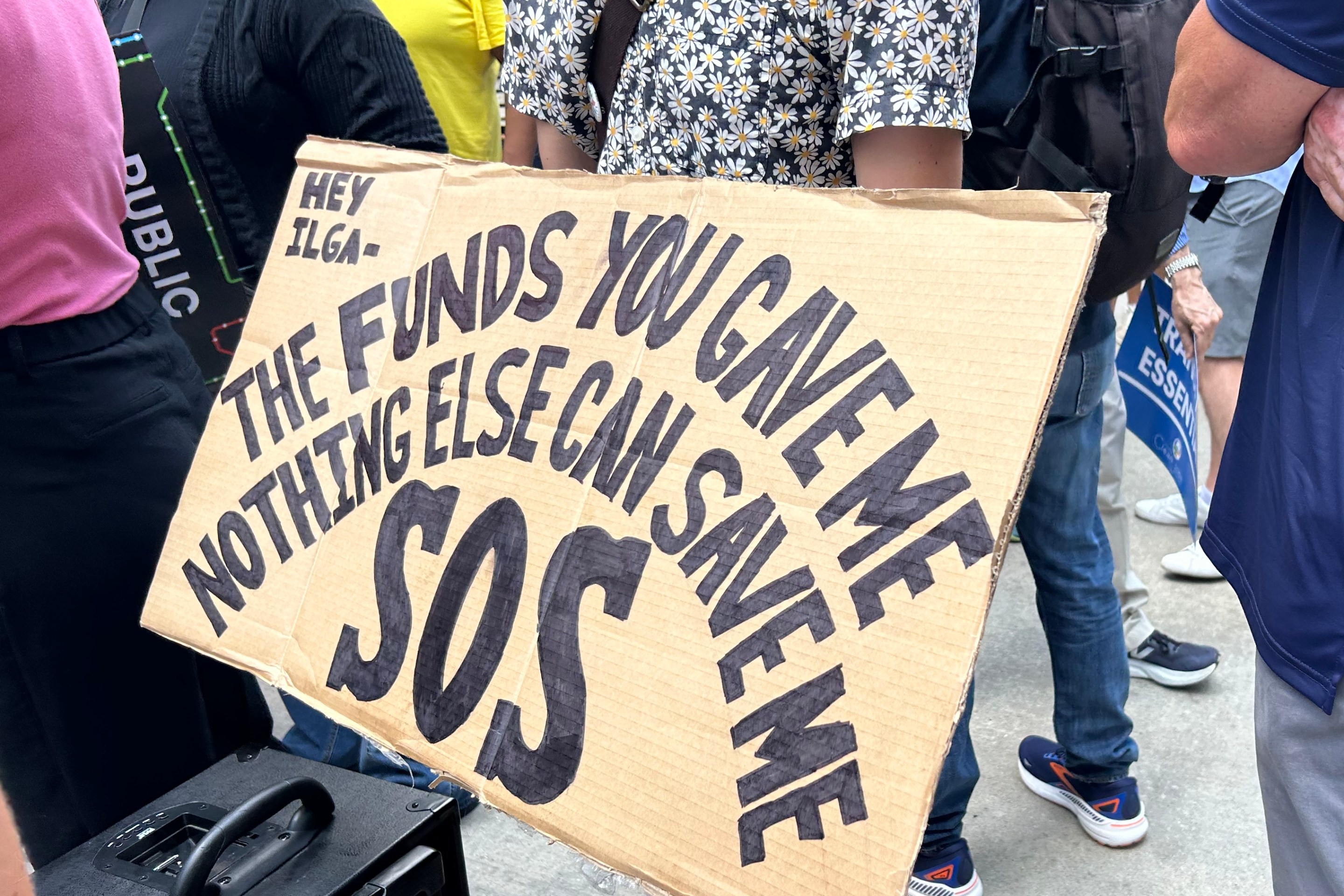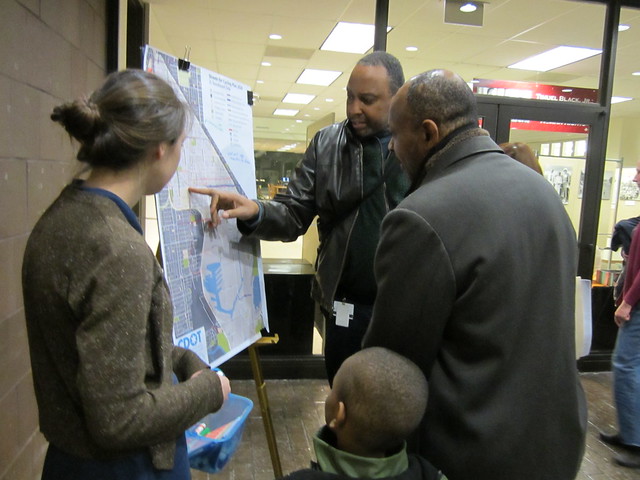
In 2012, the city of Chicago, the Active Transportation Alliance, and hundred of residents made a major effort to ensure the Streets for Cycling Plan 2020 would create a bike network with convenient access for all Chicagoans, regardless of who they are or where they live.
The Chicago Department of Transportation held eight public meetings, all over the city, to collect input for the 645-mile planned network. Nine community advisory groups, most of them led by African-American or Latino residents, were established to help make sure the network would be useful and equitable.
Last week, the League of American Bicyclists released the study “Equity of Access to Bicycle Infrastructure” by Rachel Prelog, a Colorado-based urban planning grad student. The report establishes a "Bike Equity Index" method of using Census data to explore how well a bike network provides access to underserved communities, including neighborhoods of color. Prelog uses Chicago as the case study.
The report suggests that the effort to plan a Chicago bike network with equal benefit for people of all races and ethnicities was a failure. Prelog applies her method to a map she describes as Chicago’s “planned network.” Her analysis finds that African Americans would “account for a large proportion of the residents who would not benefit from the expanded system.”
Worse, Prelog writes, “The full build bicycle network… would do little to improve access for Chicago’s Hispanic/Latino community.” She states that the network would only provide one percent more of Chicago’s Latino population with quarter-mile access to bicycle paths and lanes.
However, Prelog’s “planned network” map is not actually a map of Chicago's planned network. “[It doesn’t] reflect the proposed routes as identified in the Streets for Cycling Plan 2020,” said CDOT spokesman Mike Claffey. He added that the department wasn't notified about the report before it was published.
Instead, Prelog’s map is based on existing bikeways and “recommended routes” shown on the city's Chicago Bike Map, distributed for free at events and shops. The recommended routes aren't proposed locations for bike lanes or paths, but simply lower-traffic streets that are suitable for cycling. Many of these routes don’t appear on the 2020 Plan map, and many of the 2020 Plan routes don't appear on the Chicago Bike Map.
Because Prelog's analysis uses the wrong map, her claim that the planned network would be inequitable is based on bad data. That's harmful for a couple of reasons. It does a disservice to the CDOT and Active Trans staffers, and hundreds of residents, who tried to ensure that the 2020 Plan provides good access for all Chicagoans.
Moreover, it undermines support for building the network. Why would anyone, especially African-American and Latino residents, want to get behind a plan that has been statistically proven to shortchange communities of color?
The League didn’t provide a comment on the map problem before I published a post about it last Thursday. The next day, spokeswoman Elizabeth Murphy sent a statement, which she said would be the only comment the group would make on the issue.
“The report has been updated to reflect that the data being presented in the Chicago case study was pulled from the city's public data portal in January and May of 2015,” she wrote. “As such, the conclusions made are reflective of that data only.”
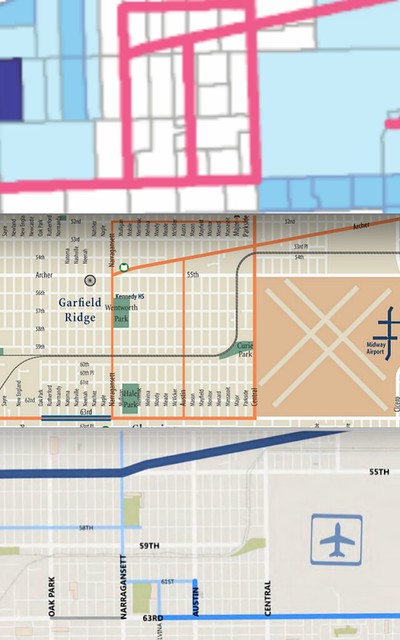
Essentially, the League is acknowledging that the "planned network" maps in the study are currently wrong, but a few disclaimers been added to the report to say the maps reflect "the data available at the time of this report." But that still isn't true.
Before I wrote Thursday's post, I emailed Prelog to let her know that her "planned network" map shows Chicago's recommended routes, not the planned network. “It may be true that [the city’s] data has not been updated to reflect changes to how they want to classify their proposed lanes.”
However, that wasn’t the problem. The bike routes in the city's data portal are labeled “existing” or “recommended.” Prelogue apparently mistook the recommended route network for the city's proposed bike lane and path network. That's a completely understandable error.
However, at no point in time did the city's data portal classify the recommended routes shown on Prelog's map as the "planned network." That's why the updated report still doesn't show the planned network "according to the data available at the time."
“This case study was created to serve as an example of the power of these mapping tools, not an exhaustive analysis or rebuke of Chicago's planned bike network," Murphy concluded. "The report was created to facilitate a larger discussion about bicycle equity and serve as a resource for others to investigate their own understanding of what equitable infrastructure means. To look at it this report in any other way is to cast off integral context and the larger point of the report."
Murphy is suggesting that the fact that the report still contains faulty Chicago maps, and statements about the 2020 Plan that may not be true, is irrelevant to the greater purpose of the study. As a reporter who witnessed the some of the work done by hundreds of Chicagoans to ensure that the bike plan is equitable, I disagree.
It’s unfortunate that the League is digging in its heels on this issue, because Prelog’s model of analyzing bike equity seems to be a valuable one. But the way the organization is handling the map problem makes their report less credible, and it’s already hurting the study’s reputation.
For example, the national advocacy group People for Bikes ran a favorable blog post about the report last Wednesday. But in the wake of Thursday's Streetsblog article, PFB removed their discussion of Perlog's Chicago findings, with a note that the case study “is apparently built on inaccurate data.”
It’s puzzling why the League won’t simply acknowledge that Prelog made an honest mistake and ask her to plug an accurate map of the 2020 Plan network into the Bike Equity Index model. Then we could actually get some useful insight into whether Chicago’s bike plan is equitable.
Wouldn't that be more in line with the League's equity goals than their current strategy of refusing to admit the report needs to be overhauled?
